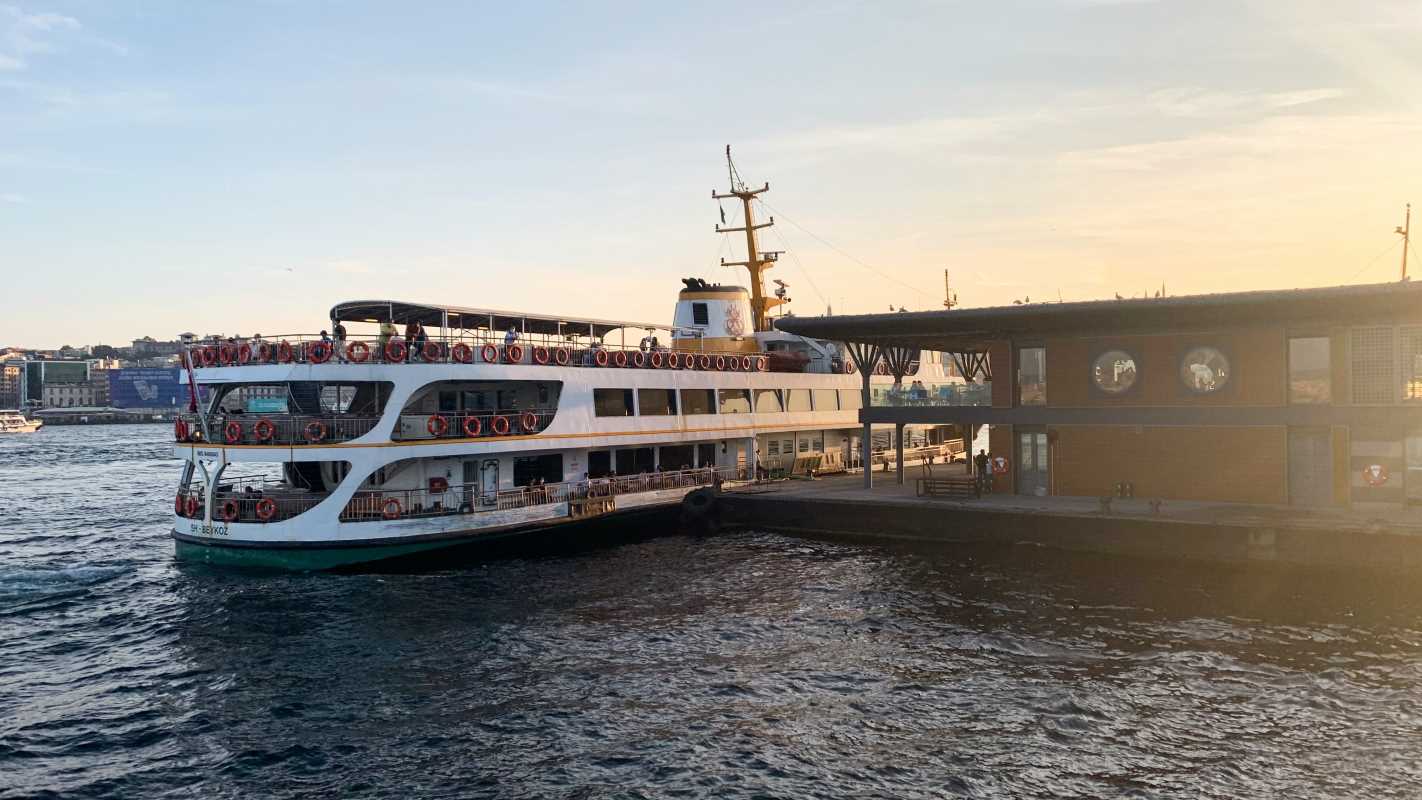Unexpected events at sea, such as accidents or severe weather, can halt shipments for weeks and lead to costly repairs. Many who work in shipping choose only standard cargo insurance and overlook additional coverage options. When unforeseen issues like delays, hidden damages, or storms arise, they often end up shouldering the expenses themselves. Missing out on lesser-known insurance benefits can reduce earnings and place unnecessary pressure on relationships with both clients and suppliers. By understanding the full range of coverage choices available, shipping professionals can protect their bottom line and keep operations running smoothly even when challenges occur.
This piece dives into surprising perks often buried in policy fine print. You’ll discover tools that reduce downtime, waive extra fees, and keep cargo moving. By the end, you’ll see how small add-ons can save big headaches and cash.
Overview of Comprehensive Marine Insurance
Comprehensive marine insurance bundles various protections under one roof. Insurance companies typically guard against cargo loss, hull damage, and liability claims. Add-on features cover unforeseen costs, like legal fees or environmental cleanup.
Below are key components that form the core of most packages:
- Cargo Coverage: Protects goods against theft, contamination, and water damage during transit.
- Hull and Machinery Insurance: Covers physical harm to ships, engines, and onboard tools.
- Protection and Indemnity (P&I): Shields operators from third-party injury or property claims.
Hidden Coverage Benefits
Insurers often tuck valuable extras into policy schedules without highlighting them. Recognizing these perks can mean quicker recoveries and fewer surprise bills. Knowing where to look gives you an advantage when negotiating terms or filing claims.
Consider checking for these uncommon options in your quotes:
- Detention and Demurrage Waiver: Handles fees for delays at port or customs beyond the free time allowance. This feature can knock thousands off holding charges when inspections run long.
- Salvage Expense Coverage: Picks up the cost of rescue operations if cargo goes adrift or a vessel loses power. You won’t face a hefty invoice from a salvage company for towing or righting a listing hull.
- Automatic Reinstatement of Sum Insured: Restores your policy’s full limit after a partial loss. You avoid manual renewals or coverage gaps mid-voyage.
- Extended Transit Clause: Eliminates cut-off times between legs of a journey. It keeps cargo covered when delays force you to reroute or wait for another carrier.
- Comprehensive marine insurance policies that include Customs Bond Release can fast-track seized or held shipments. You’ll pay bond fees without pre-approval hiccups.
Cost-Saving Endorsements and Discounts
Adding endorsements often costs less than handling claims out of pocket. These low-cost options reduce your exposure and shrink premium spikes after losses.
Look for the following when reviewing quotes:
- Group Buyer Discount: Insurers reward frequent shippers or those in trade alliances. Bundling multiple vessels or routes can earn a rate cut up to 15%.
- Loss Prevention Credit: Installing GPS tracking, anti-piracy gear, or fire detectors qualifies for rewards. Your carrier sees you as lower risk and trims your base rate.
- Multi-Year Policy Discount: Lock in rates by signing a two- or three-year deal. Underwriters often reduce premiums to keep stable, long-term clients.
- No-Claim Bonus Protection: Preserves your no-claim discount even after a minor loss. You keep lower rates through policy renewal.
Risk Mitigation Features You Might Miss
Beyond coverage, some clauses actively cut risks and speed up damage control. Skipping these means you might pay avoidable costs or handle crises alone.
- Emergency Response Coordination: Insurers assign a dedicated team to manage incidents. They handle communication, arrange repairs, and negotiate port fees. You steer clear of juggling multiple vendors under stress.
- Advanced Damage Appraisal: Insurers fund pre-agreed surveyors who inspect cargo on arrival. Fast, accurate reports help settle claims within days instead of weeks.
- Legal Expense Protection: Covers attorney fees for disputes over contracts or liability. You won’t drain your budget hiring counsel if a consignee challenges delivery conditions.
- Environmental Cleanup Coverage: Picks up pollution fines and removal costs if cargo leaks fuel or chemicals. This safeguard prevents regulators from holding you entirely responsible.
- Re-routing Assistance: Helps reroute shipments around storms or conflict zones without voiding coverage. Underwriters share best routes and arrange new carrier bookings on short notice.
Choosing the Right Policy for Your Needs
Selecting the best plan requires a clear understanding of your operations, shipping lanes, and cargo types. Talk with your broker or risk manager and ask specific questions. Don’t settle for a standard package.
Use this checklist when comparing options:
- Route Analysis: Note high-risk areas for piracy, bad weather, or strict customs inspections.
- Carrier Vetting: Ensure chosen shipping lines carry their own cover or meet your insurer’s safety standards.
- Deductible Structure: Understand how deductibles affect your cash flow after a claim. A small deductible often saves more than you lose on minor incidents.
- Policy Limits vs. Cargo Value: Confirm your sum insured matches peak inventory values, including packing and container costs.
- Response Times: Ask about typical claim processing windows and surveyor dispatch times for regions you frequent.
Reviewing this list before signing helps you identify gaps. You can negotiate add-ons tailored to your needs instead of accepting cookie-cutter coverage.
Regularly examine your policies as routes change or you add new commodities. Fresh quotes ensure you always have the best protection at the right price.
Spend time learning these hidden features to avoid delays and disruptions. Use tools that ensure smooth cargo movement and protect your budget.
 (Image via
(Image via





